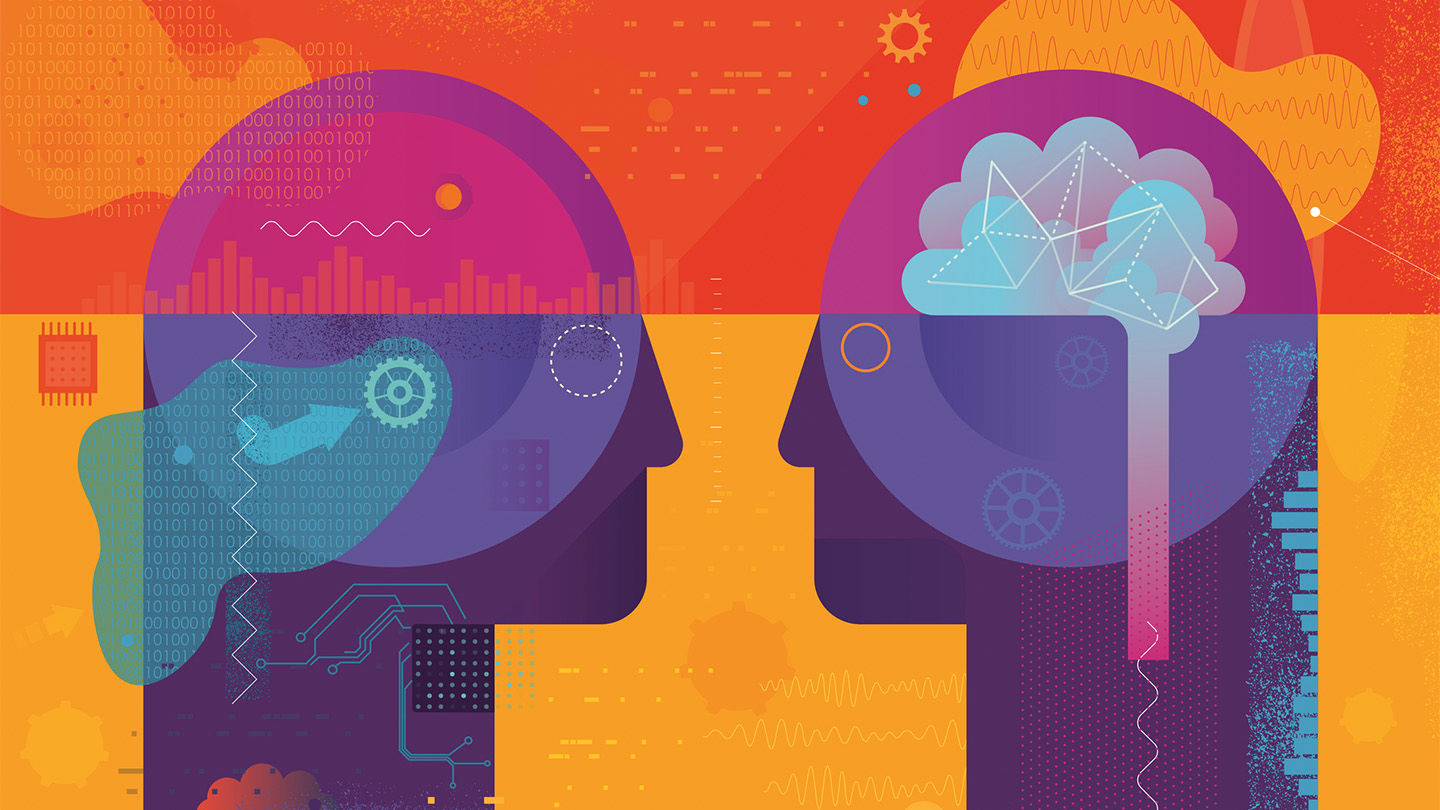
abstract: Something that exists as an idea or thought but not concrete or tangible (touchable) in the real world. Beauty, love and memory are abstractions; cars, trees and water are concrete and tangible.
American Association for the Advancement of Science: (or AAAS) Formed in 1848, it was the first permanent organization formed to promote the development of science and engineering at the national level and to represent the interests of all its disciplines. It is now the world’s largest such society. Despite its name, membership in it is open to anyone who believes “that science, technology, engineering, and mathematics can help solve many of the challenges the world faces today.” Its members live in more than 90 nations. Based in Washington, D.C., it publishes a host of peer-reviewed journals — most notably Science.
artificial intelligence: A type of knowledge-based decision-making exhibited by machines or computers. The term also refers to the field of study in which scientists try to create machines or computer software capable of intelligent behavior.
chatbot: A computer program created to seemingly converse with human users. Modern ones (such as Siri, Alexa, Ocelot and Sprinklr) can retrieve information over the internet about news events or classroom topics. Many even work as digital assistants to answer questions about purchases, products or scheduling on behalf of stores, pharmacies or banks.
code: (in computing) To use special language to write or revise a program that makes a computer do something. (n.) Code also refers to each of the particular parts of that programming that instructs a computer’s operations.
colleague: Someone who works with another; a co-worker or team member.
context: The setting or circumstances that help explain an event, some statement or some conclusion.
deep learning: A type of machine learning that is used by some computers. It relies on layers of neural networks, circuitry designed to function similarly to the human brain. Those networks sift through big sets of data to find trends. Each layer performs calculations and makes new predictions over and over. Then the system integrates what it’s learned to become “smarter” over time.
diagnose: To analyze clues or symptoms in the search for their cause. The conclusion usually results in a diagnosis — identification of the causal problem or disease.
equation: In mathematics, the statement that two quantities are equal. In geometry, equations are often used to determine the shape of a curve or surface.
intelligence: The ability to collect and apply knowledge and skills.
large language model: (in computing) Language models are a type of machine learning. They attempt to predict upcoming words (in text or speech) and then present those predictions using words that almost anyone should understand. The models learn to do this by reviewing large quantities of text or speech. As their name would imply, large language models train using enormous troves of data. They organize and make sense of those data using “neural nets” — a scheme patterned a bit off of the pathways of nerves in the human brain. Large language models don’t just learn words, but also phrases made of many words. They can even learn from the context in which a new phrase and idea is worded (meaning the words that accompany those phrases or in which those phrases have been embedded).
machine learning: A technique in computer science that allows computers to learn from examples or experience. Machine learning is the basis of some forms of artificial intelligence (AI). For instance, a machine-learning system might compare X-rays of lung tissue in people with cancer and then compare these to whether and how long a patient survived after being given a particular treatment. In the future, that AI system might be able to look at a new patient’s lung scans and predict how well they will respond to a treatment.
model: A simulation of a real-world event (usually using a computer) that has been developed to predict one or more likely outcomes. Or an individual that is meant to display how something would work in or look on others.
neural network: Also known as a neural net. A computer program designed to manage lots of data and in complex ways. These systems consist of many (perhaps millions) of simple, densely linked connections within a computer. Each connection, or node, can perform a simple operation. One node might be connected to several feeder nodes, which send it data. Several more nodes in another layer sit ready to accept the newly processed data and act upon them in some other way. The general idea of networks was initially patterned loosely on the way nerve cells work in the brain to process signals that lead to thought and learning.
system: A network of parts that together work to achieve some function. For instance, the blood, vessels and heart are primary components of the human body’s circulatory system. Similarly, trains, platforms, tracks, roadway signals and overpasses are among the potential components of a nation’s railway system. System can even be applied to the processes or ideas that are part of some method or ordered set of procedures for getting a task done.
technology: The application of scientific knowledge for practical purposes, especially in industry — or the devices, processes and systems that result from those efforts.
